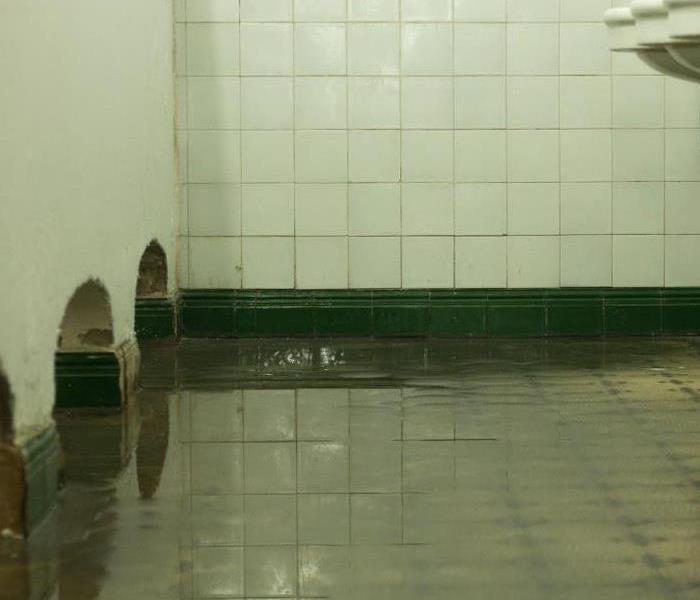How To Dry Out a Flooded Basement
2/29/2020 (Permalink)
Because they are located underground, basements are prone to flooding. Many homeowners install sump pumps to help remove excess water, but if you have a major basement flood, you may need to follow these steps to dry it out.
1. Take Safety Precautions
Standing water in a flooded basement can be an electrocution danger, so one of the first things you should do is shut off the electrical power to your basement. Floodwaters can sometimes be contaminated by sewage and other toxic materials. You may wish to contact a professional flood remediation company in Whitemarsh, PA, that will have access to the proper protective gear and training needed to remove contaminated water.
2. Locate the Source of the Water
If your basement flood has been caused by floodwaters, you will likely need to wait for floodwaters to recede before attempting to remove the water. If the water is coming from somewhere inside your homes, such as a burst pipe or an overflowing toilet, you will need to shut off the water before you can begin drying your basement out.
3. Remove the Water
Before you do any work, you may want to take photographs of the damage, so that you will have them in case you need to use your flood insurance coverage. You may be able to clean up a smaller flood with a wet/dry vacuum. For larger floods, you will likely need to use a submersible pump. Gas-powered pumps should be avoided, due to the risk of fumes.
A basement flood can be an inconvenience, but if you follow the proper steps you can dry it out and reduce the amount of potential damage to your property. Depending upon the level of severity of the flooding, you may be able to do the work yourself, but for more severe floods it can be a good idea to hire a professional.





 24/7 Emergency Service
24/7 Emergency Service
